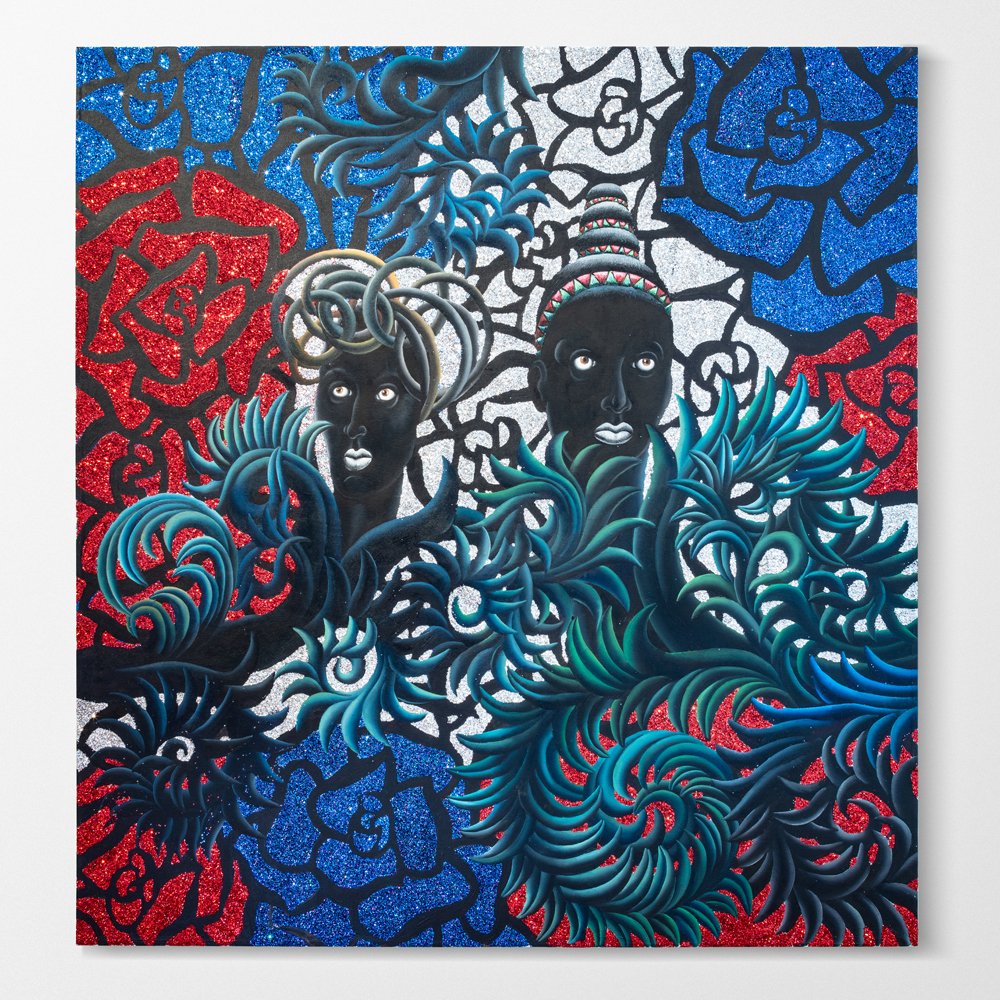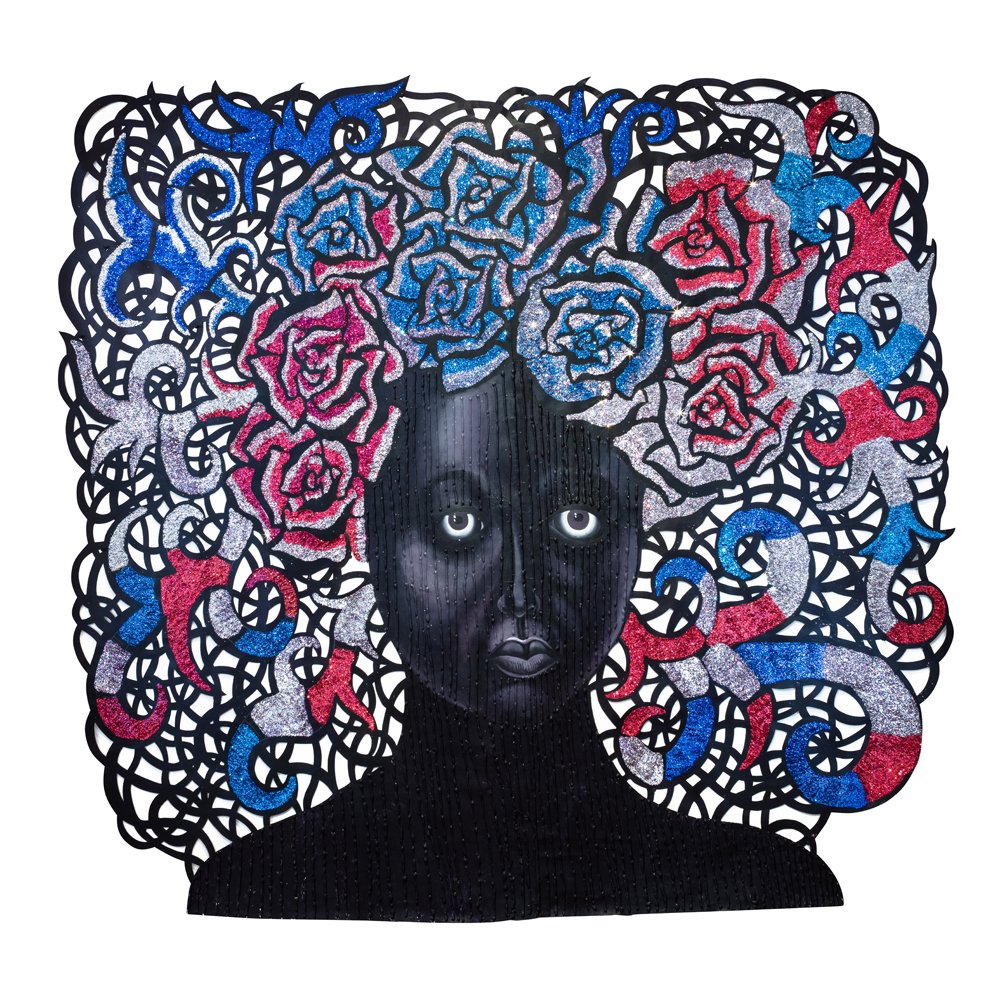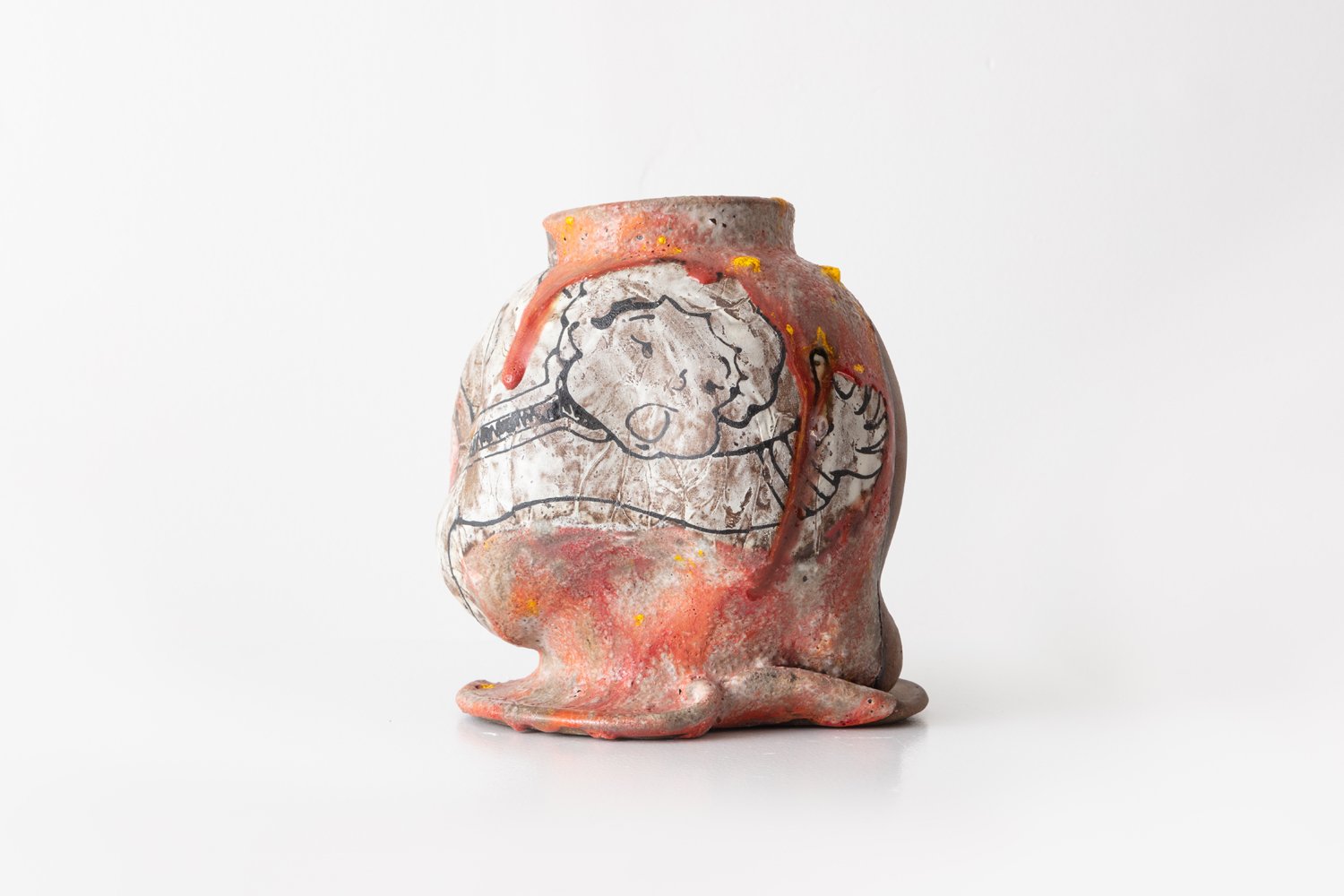Embodied Abstraction
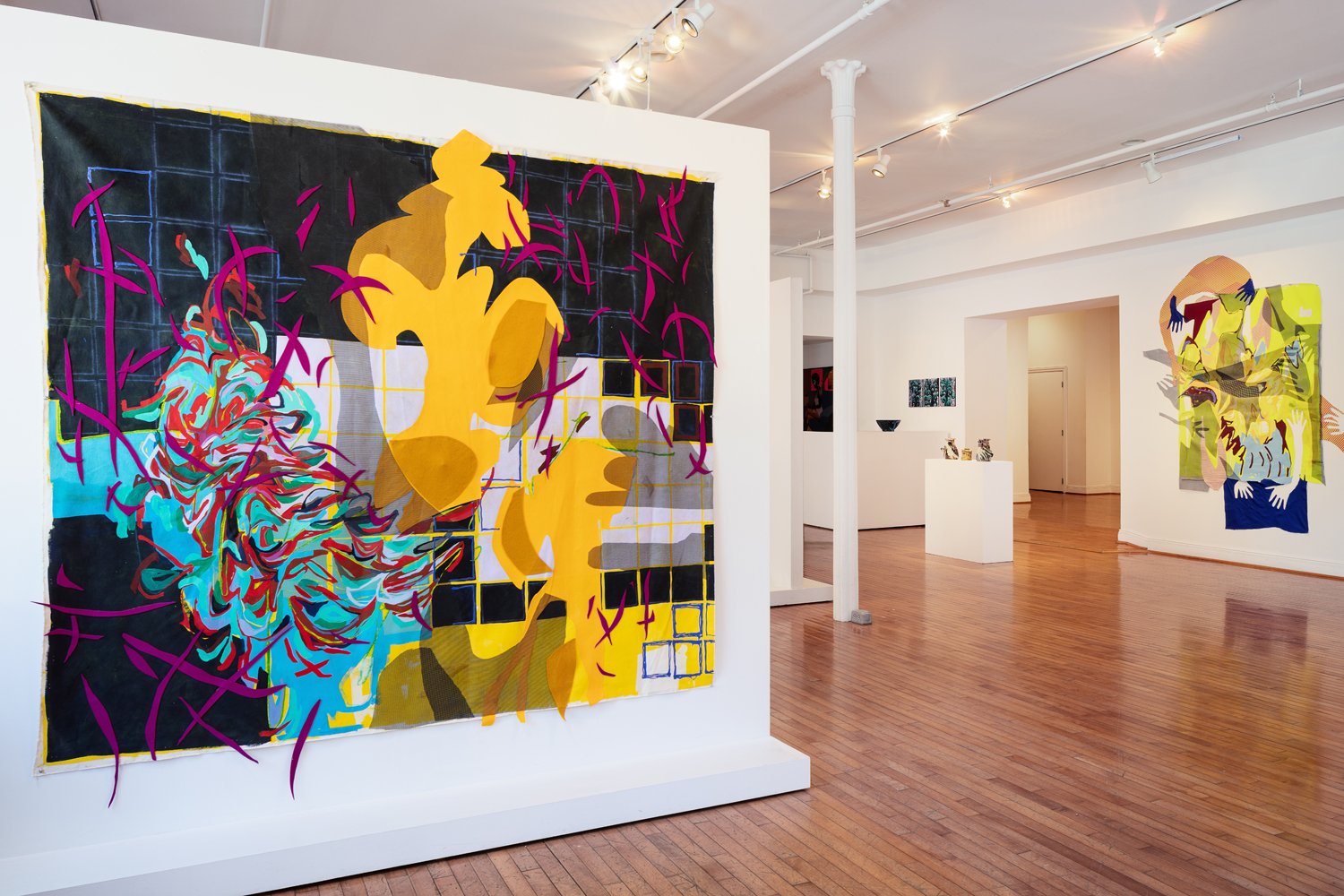
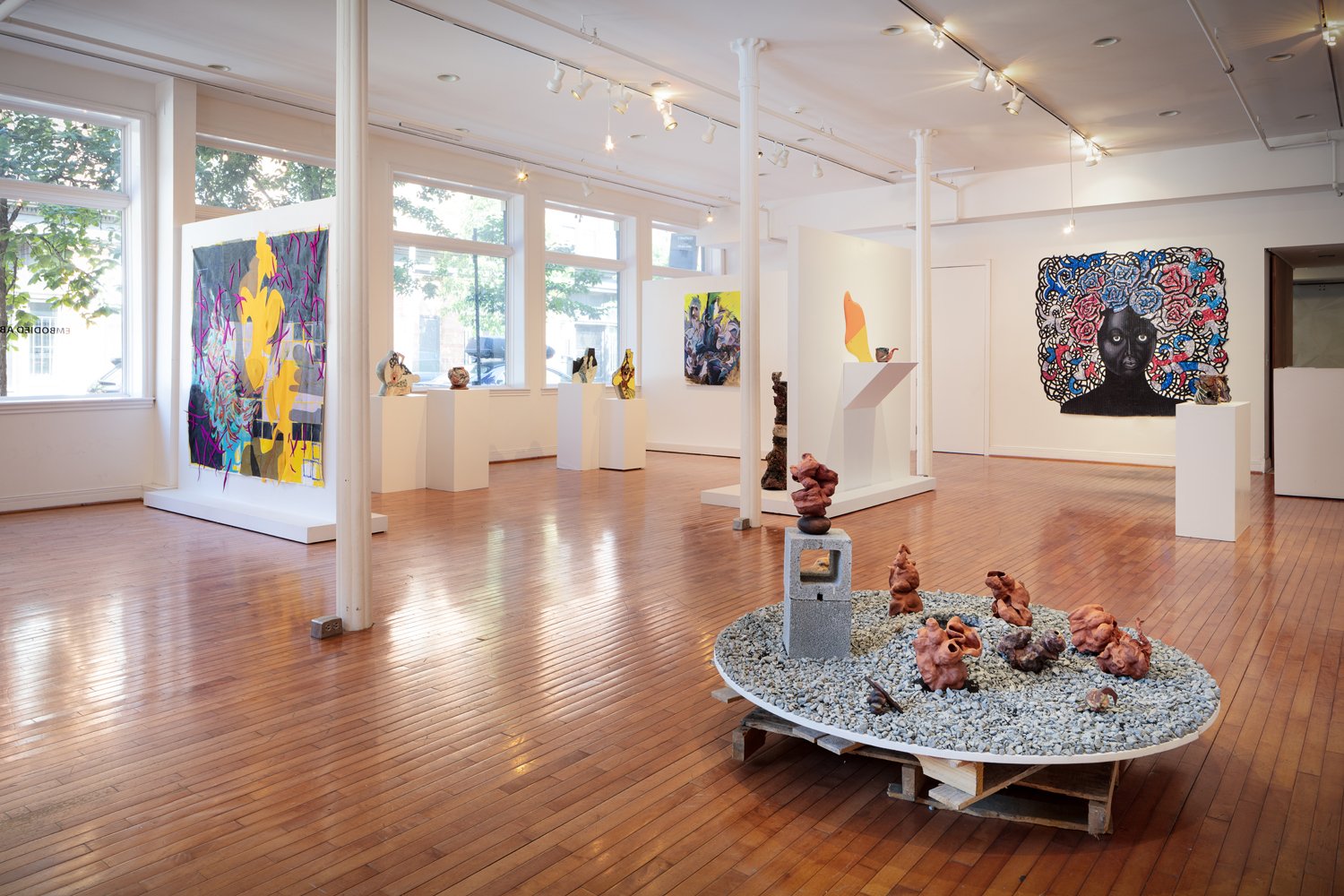
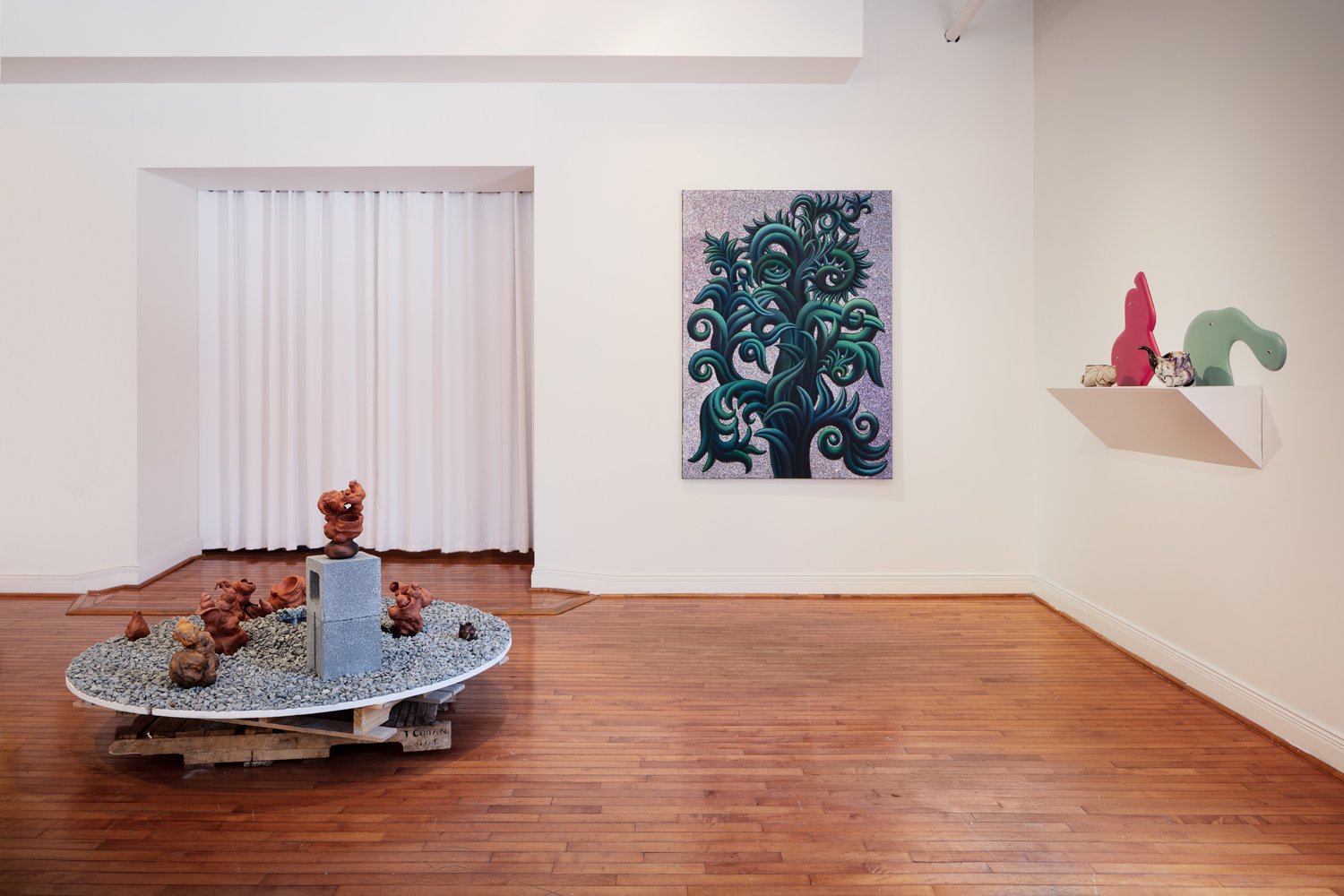
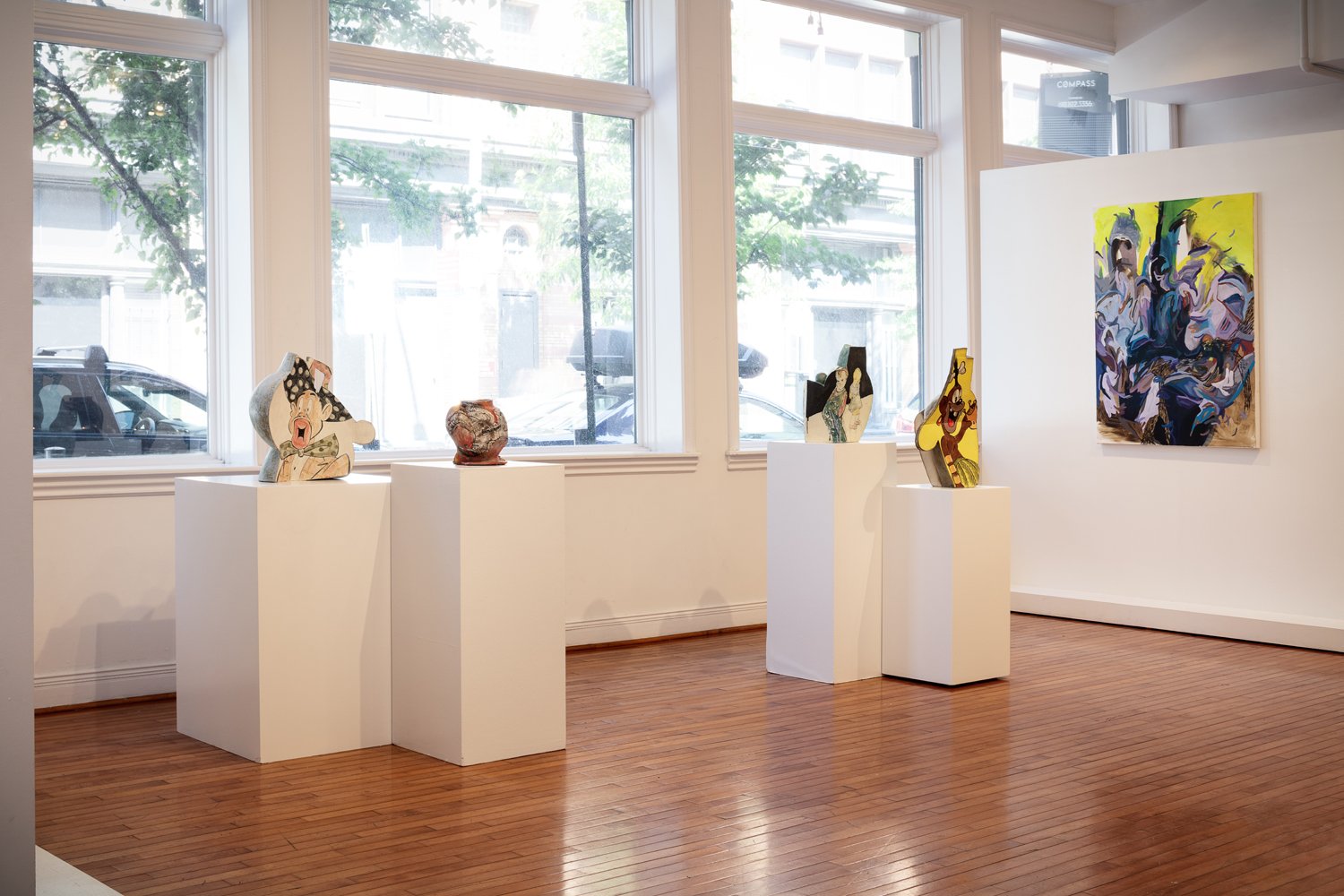
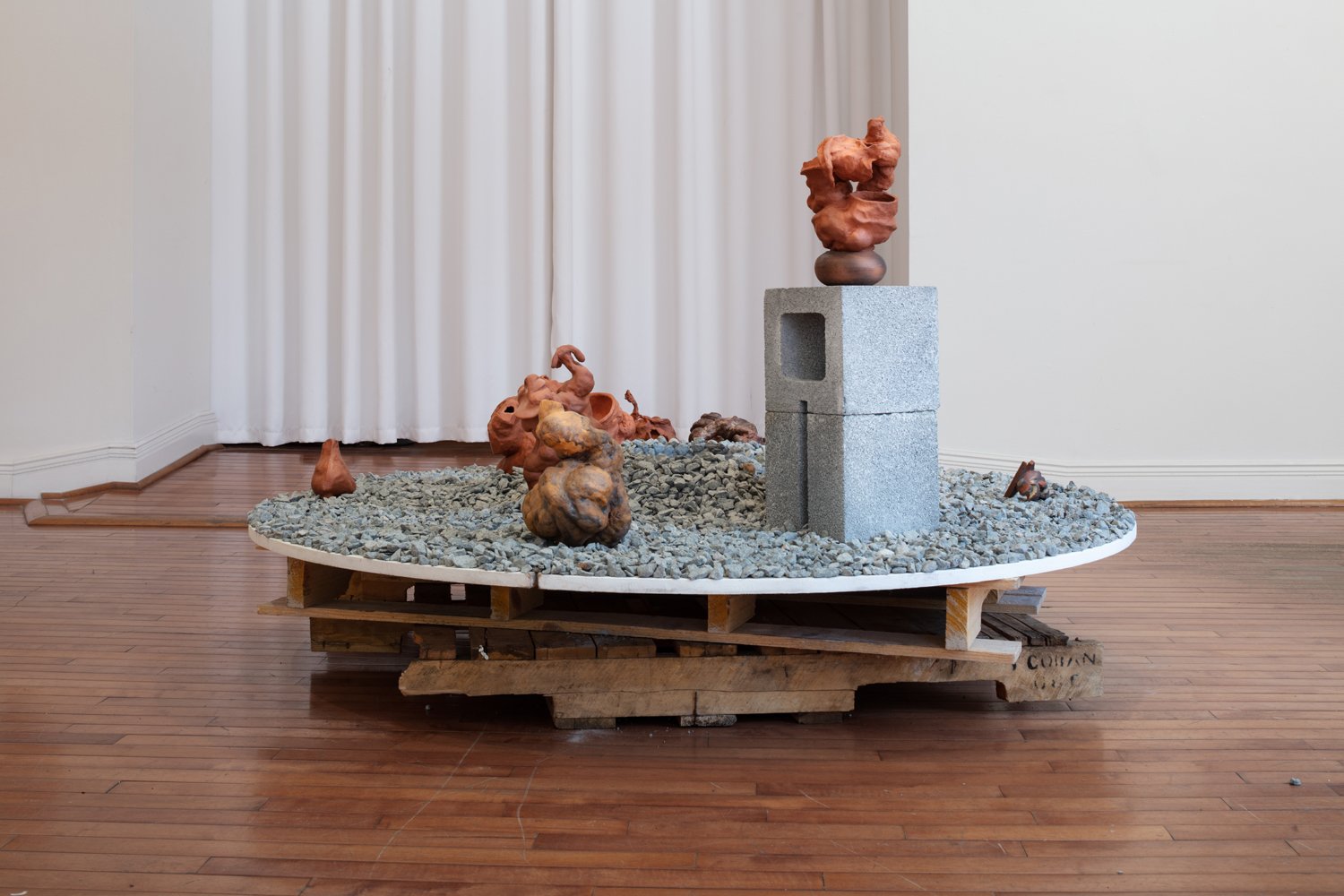
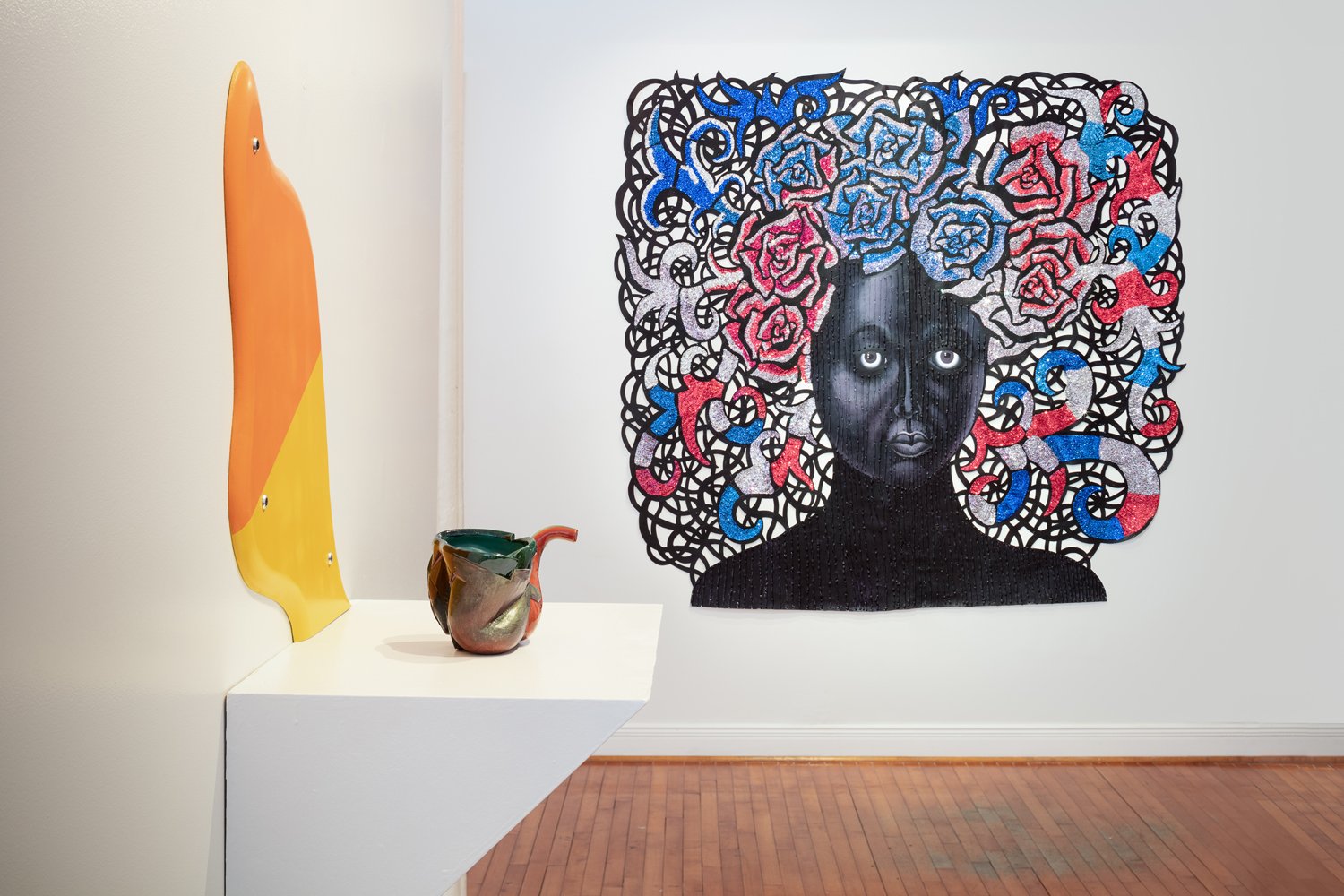
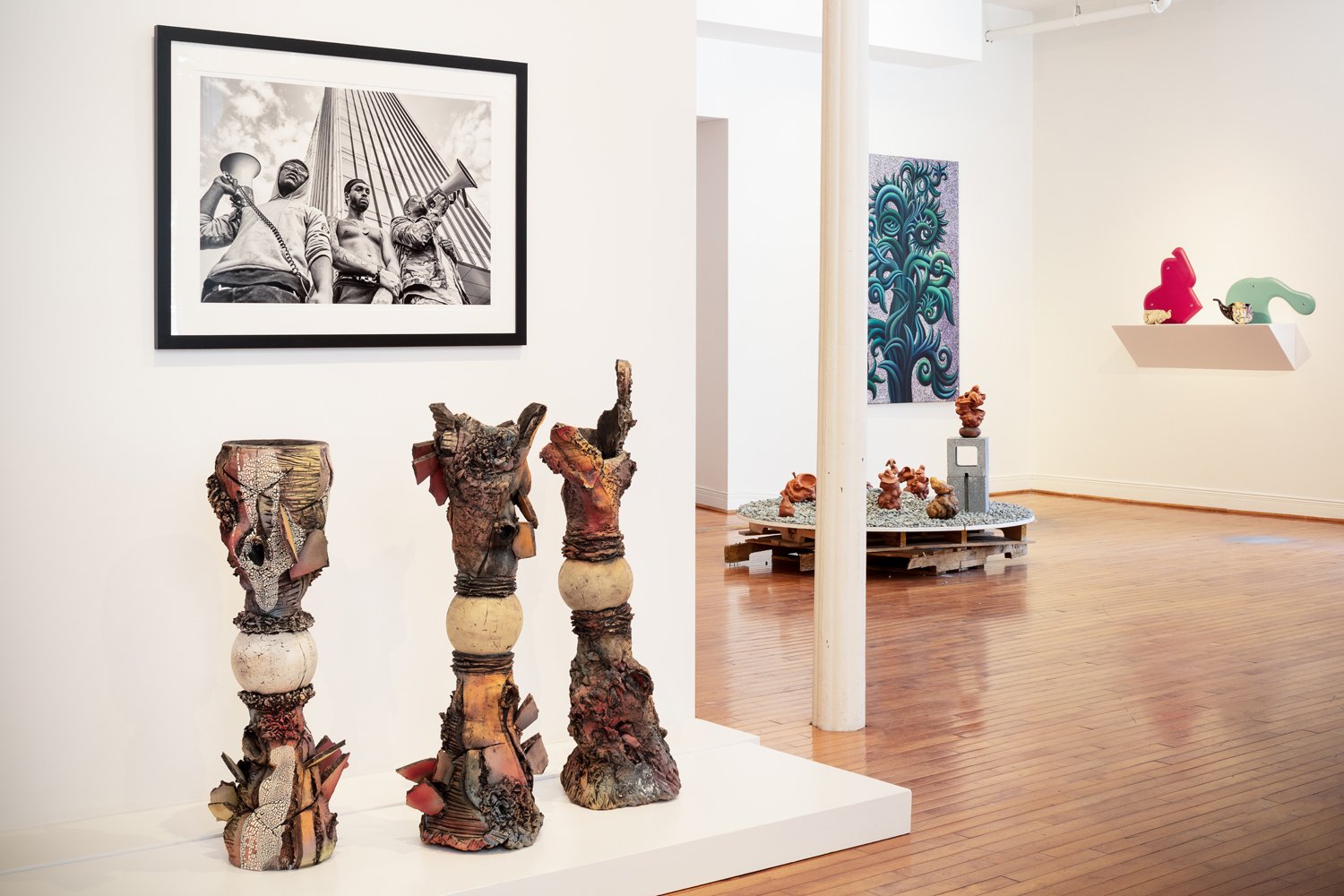
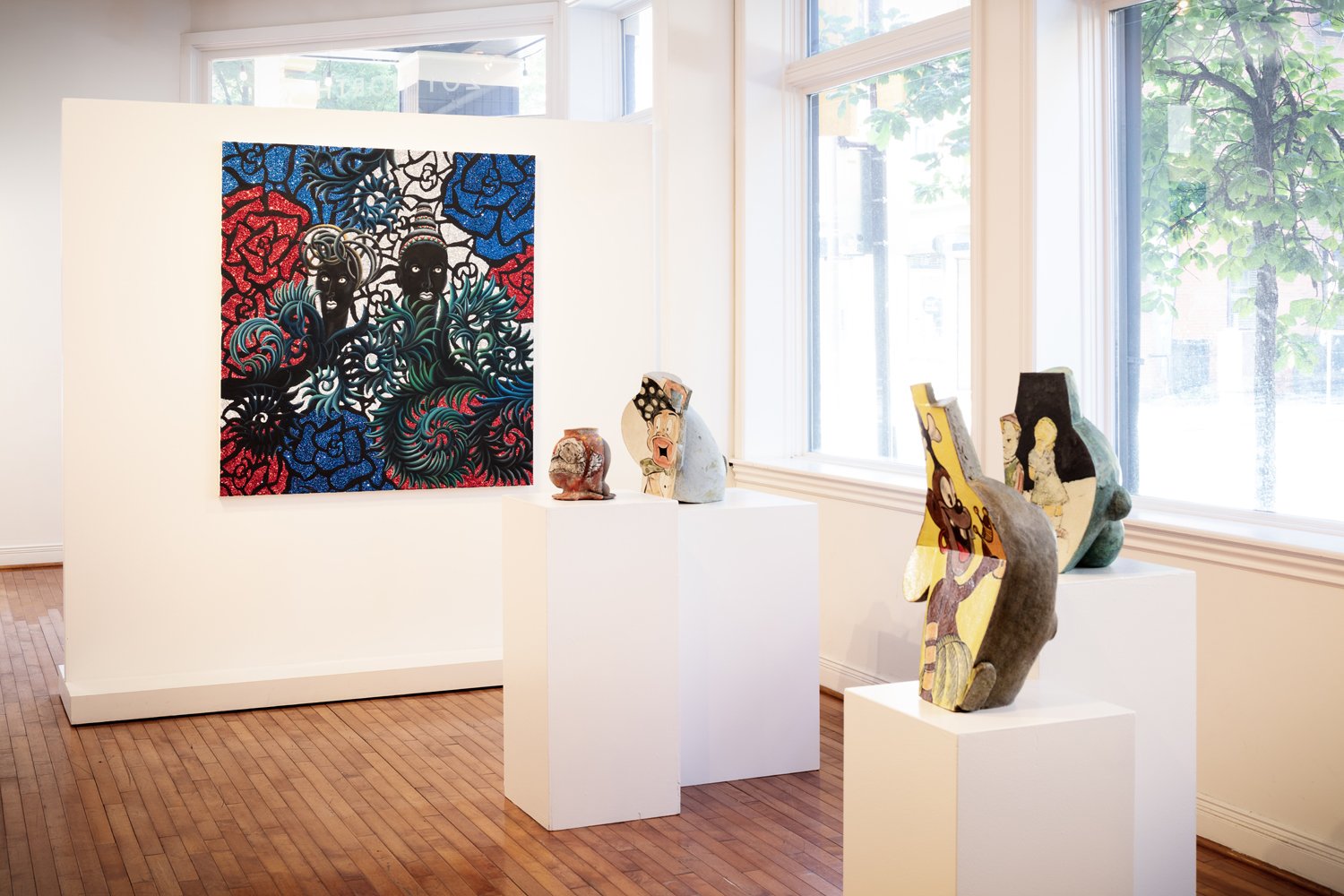
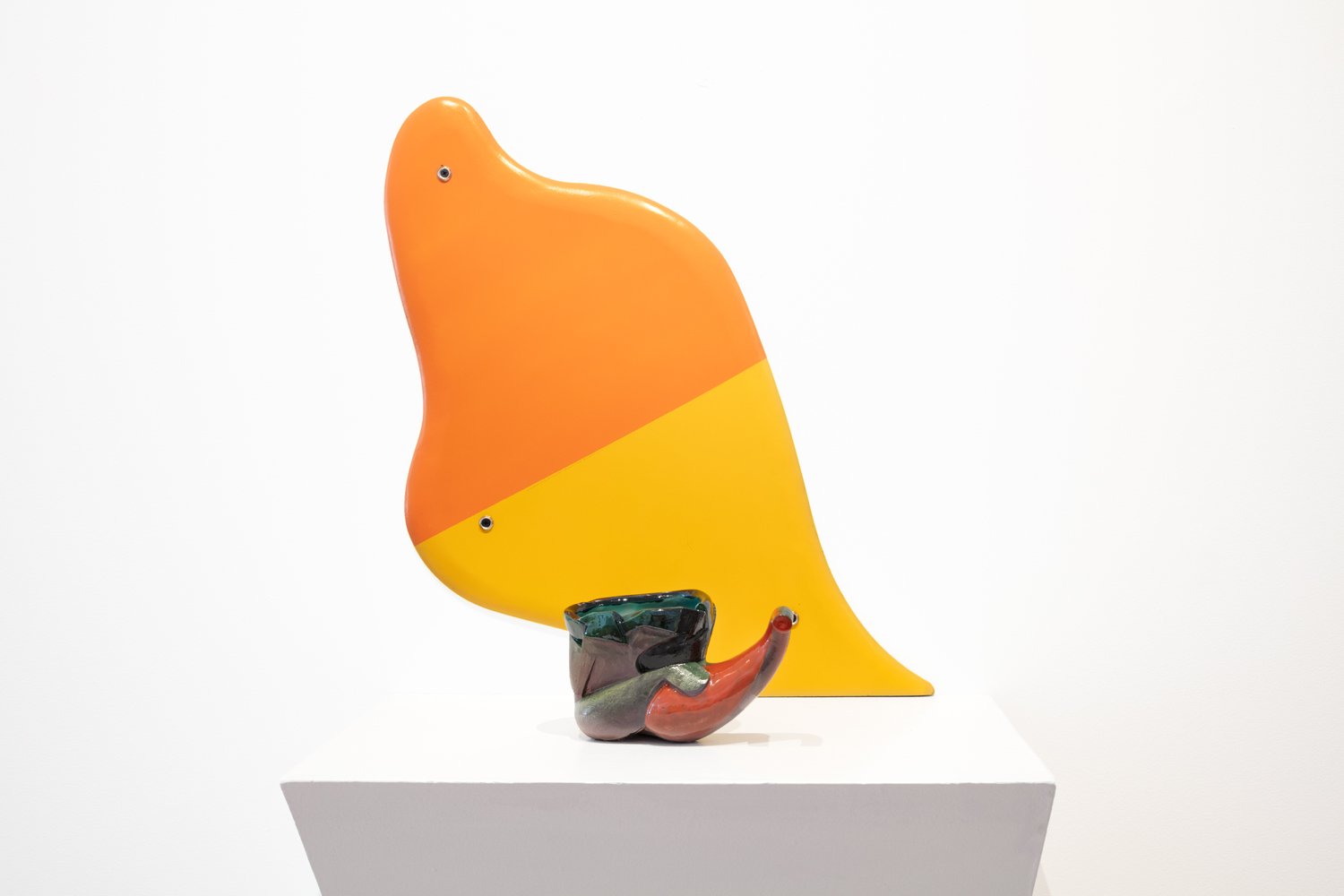
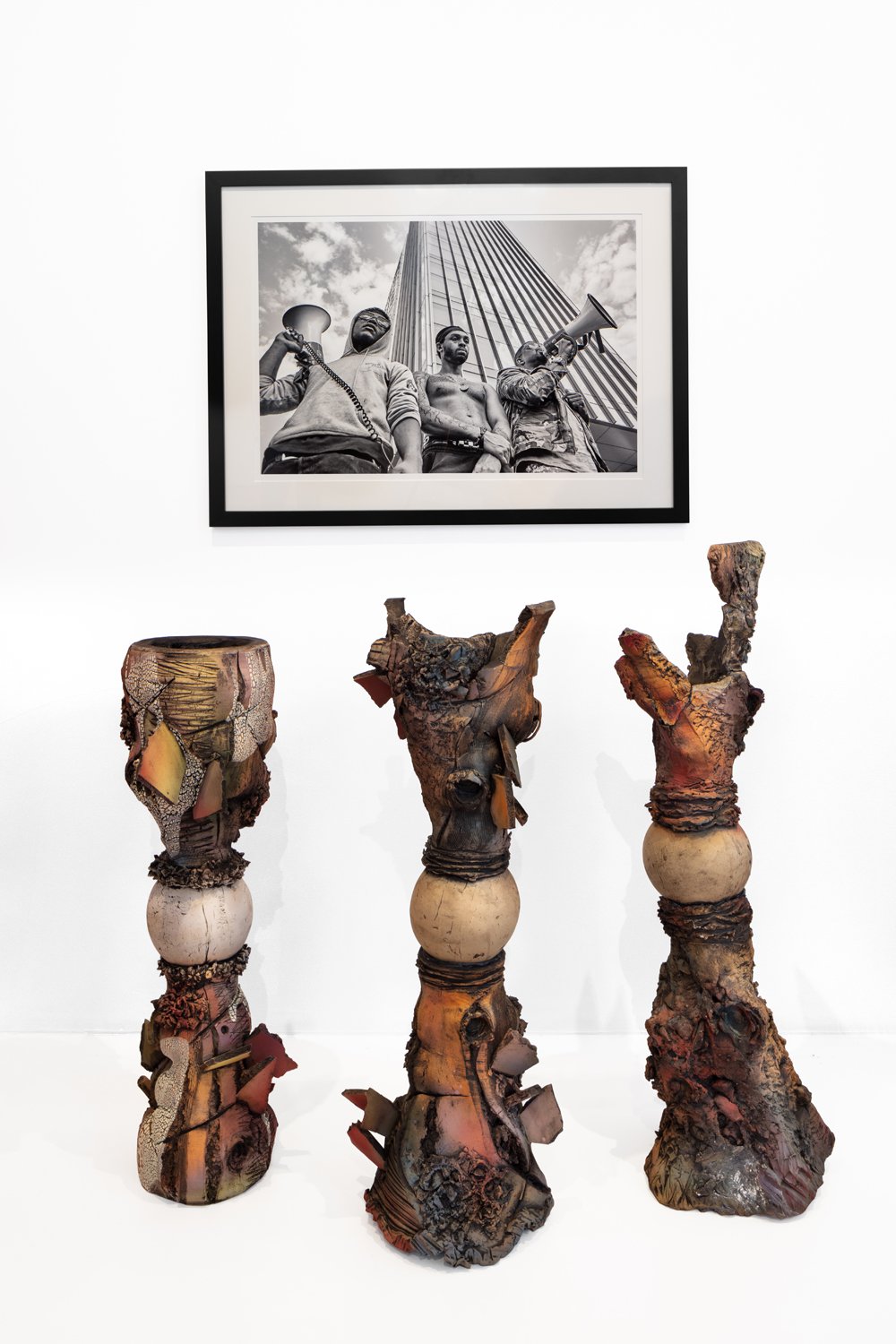
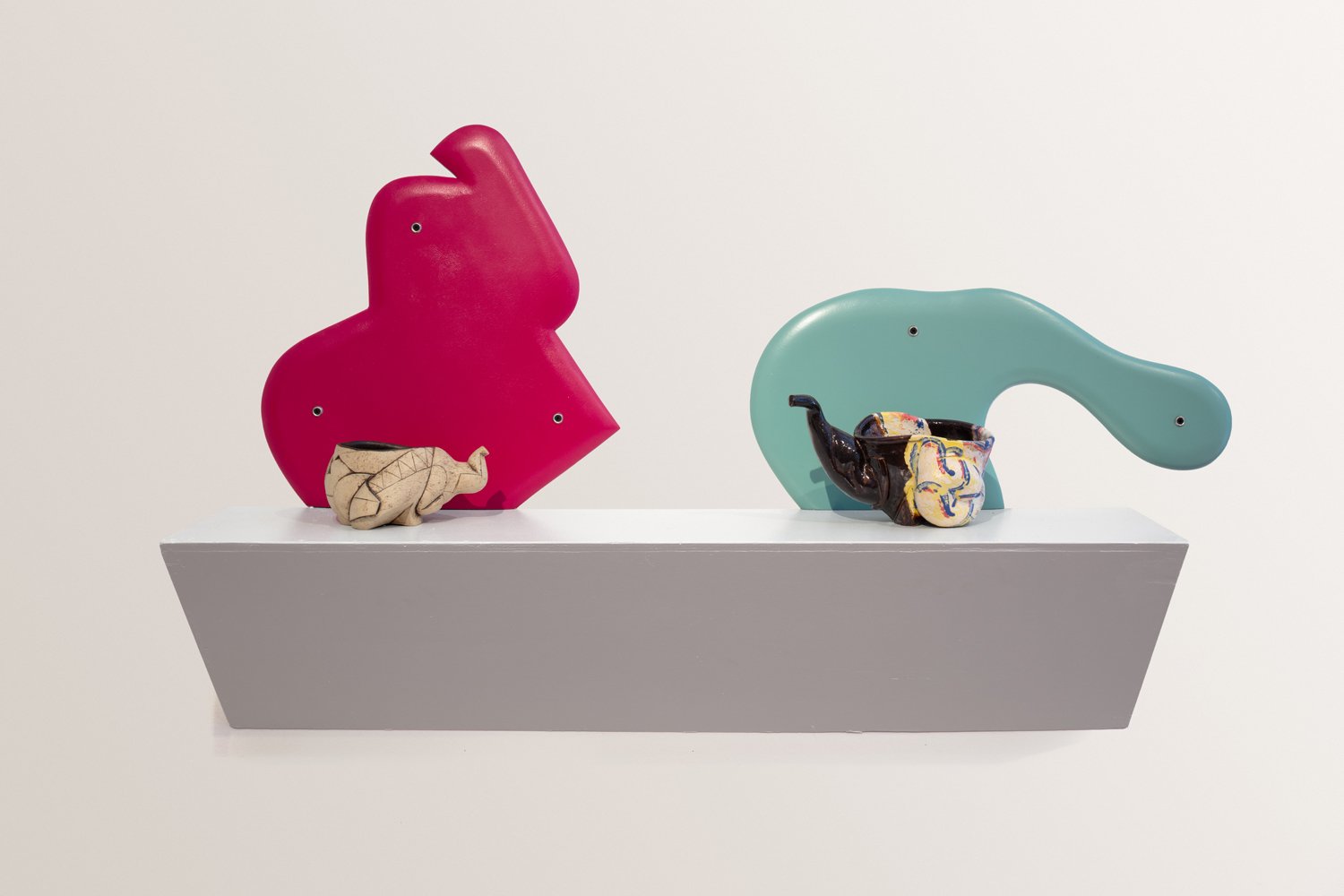
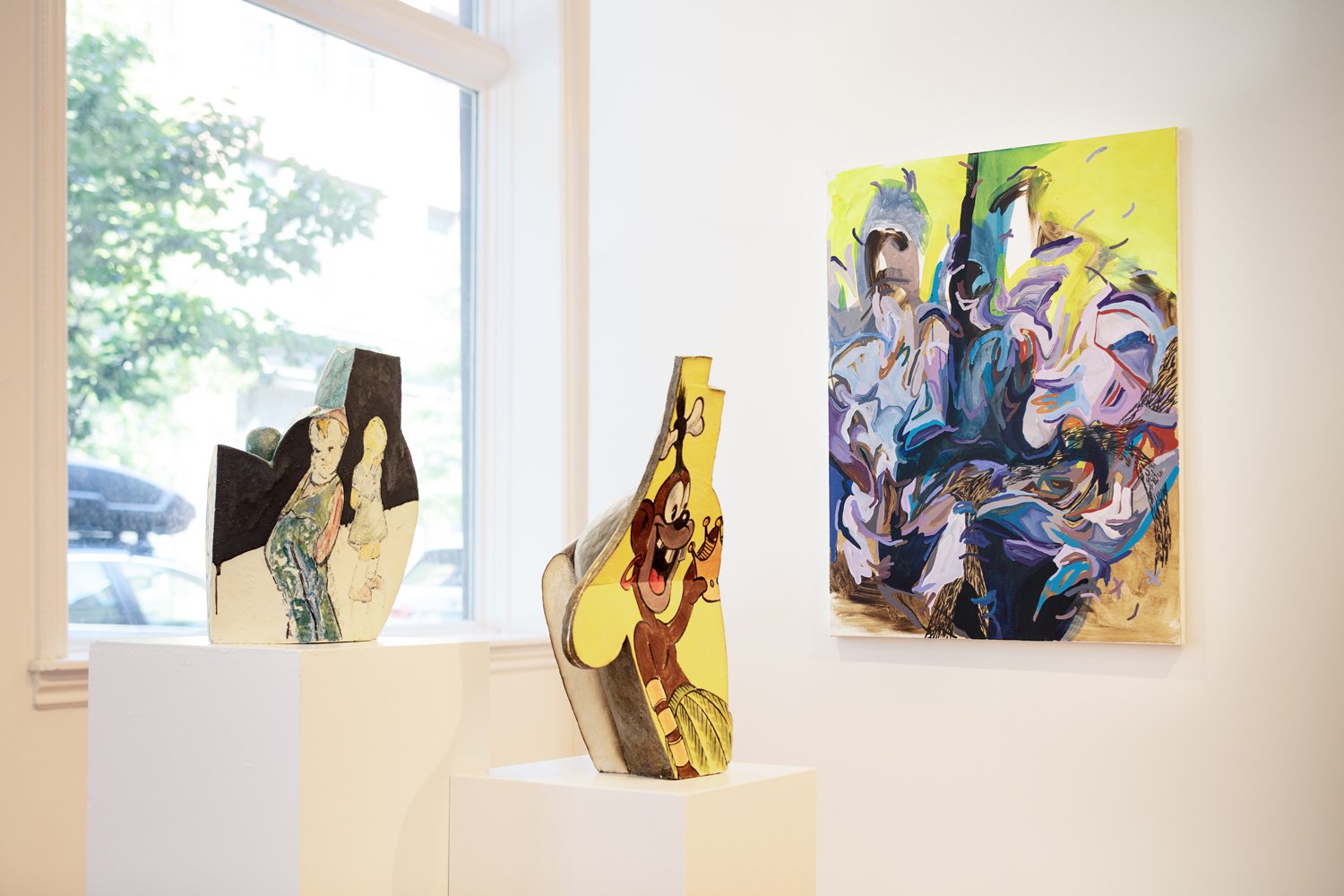
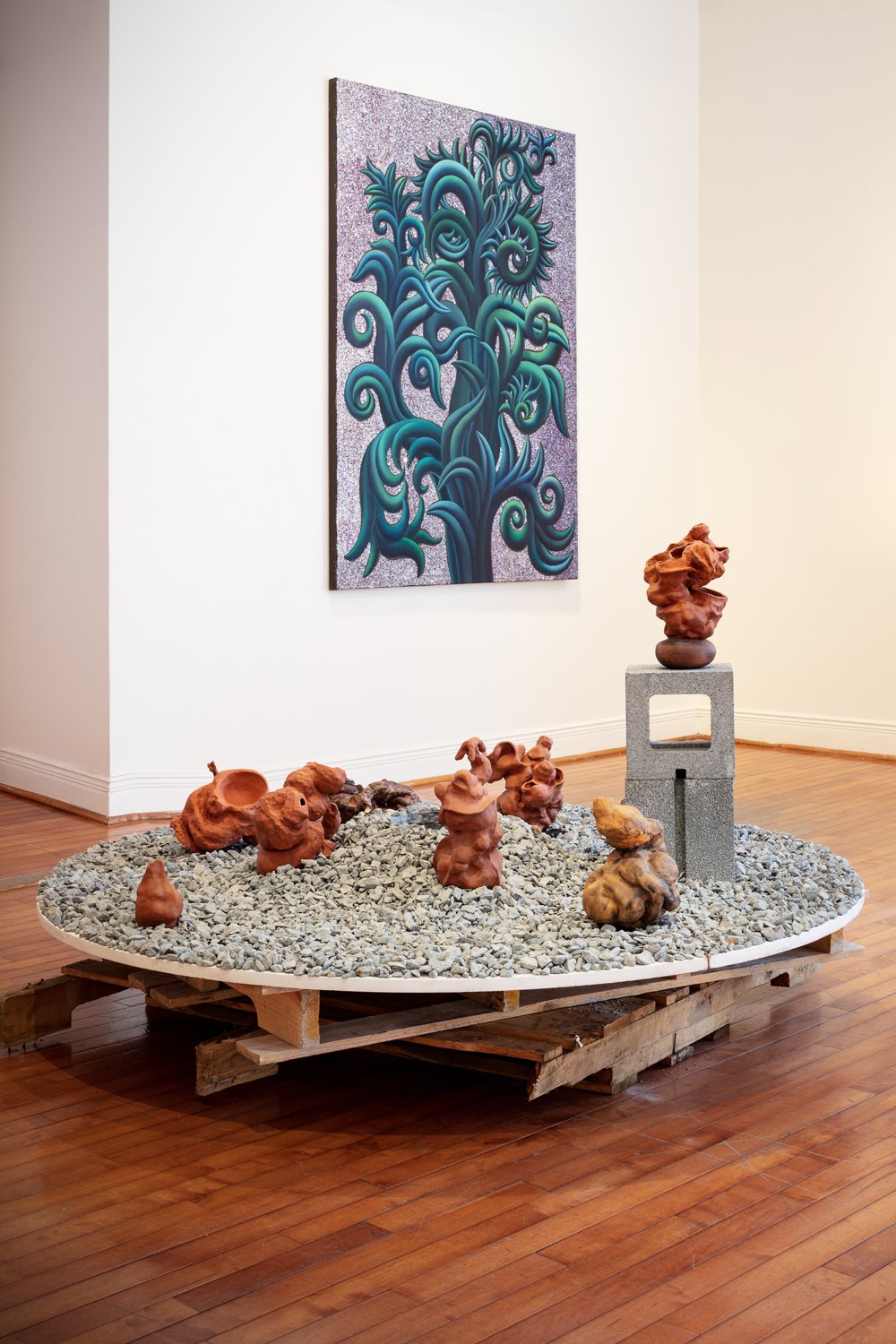
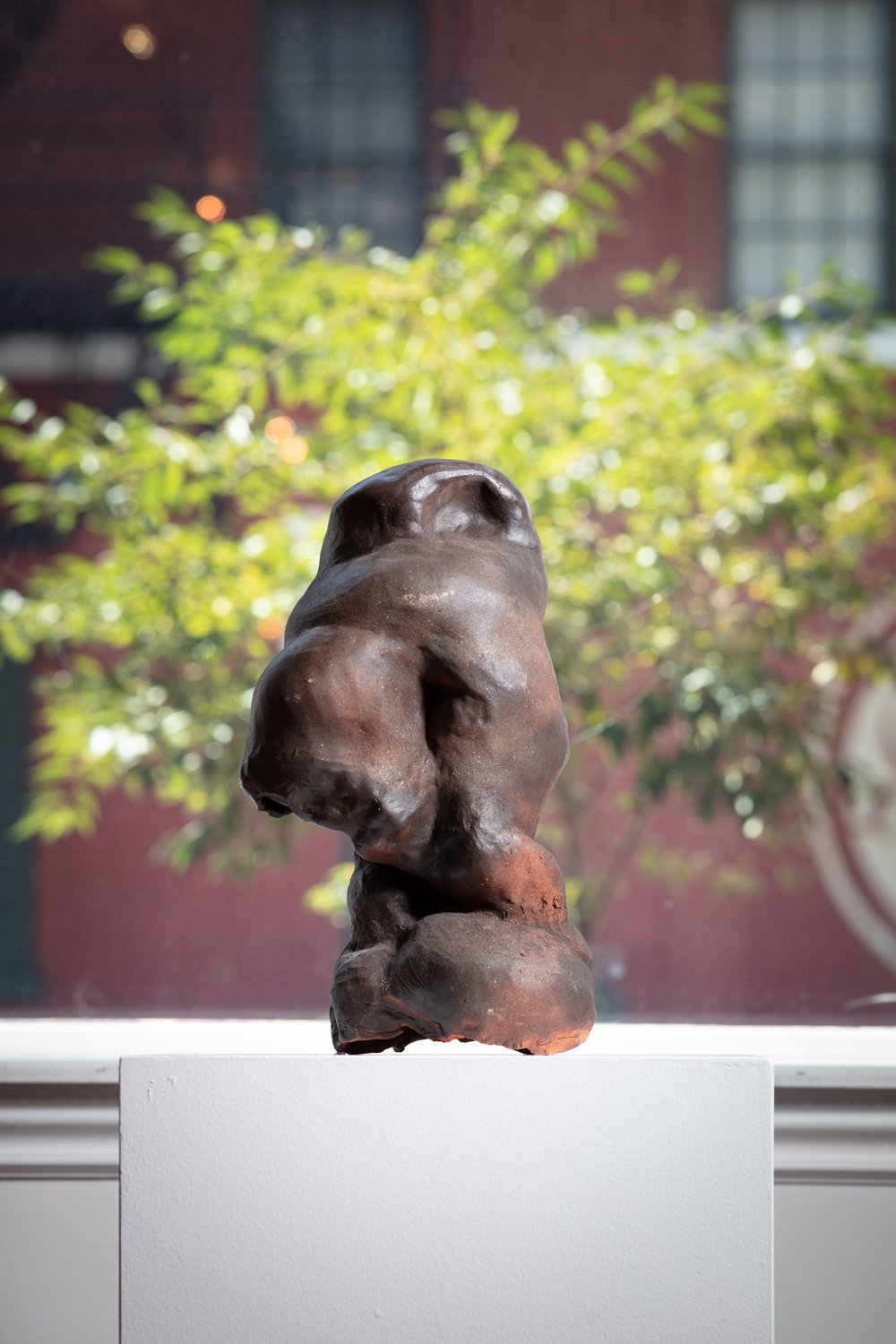
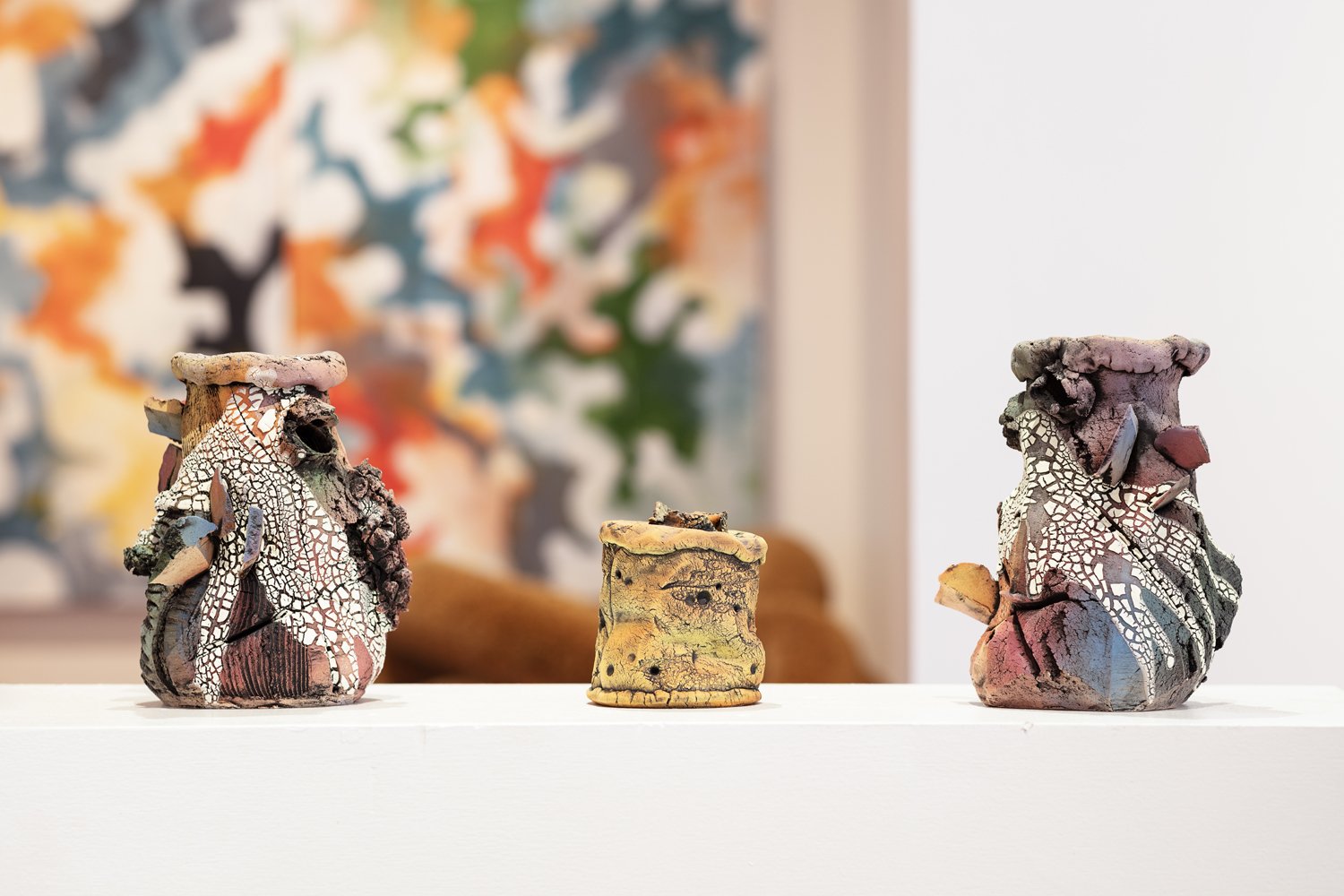
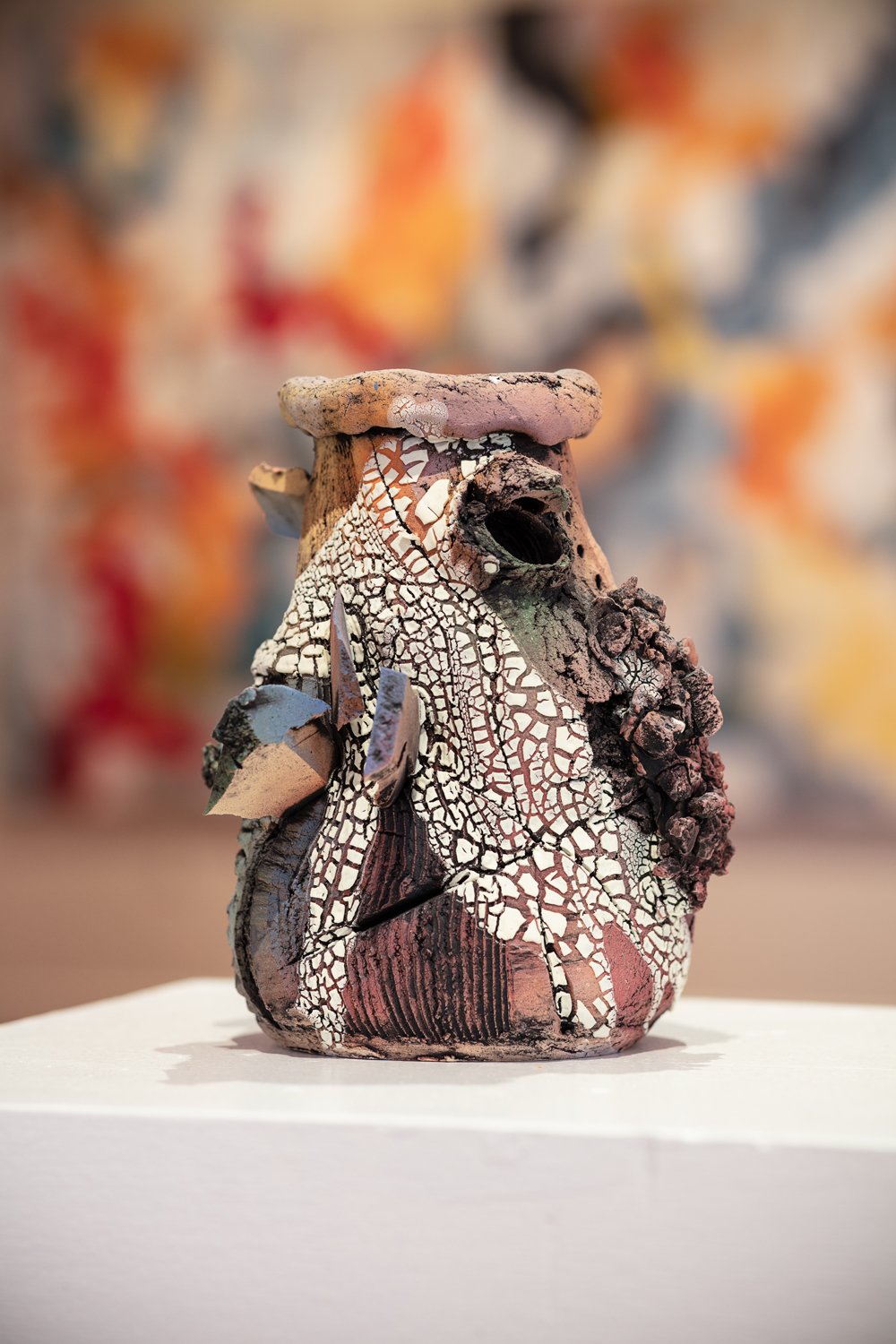
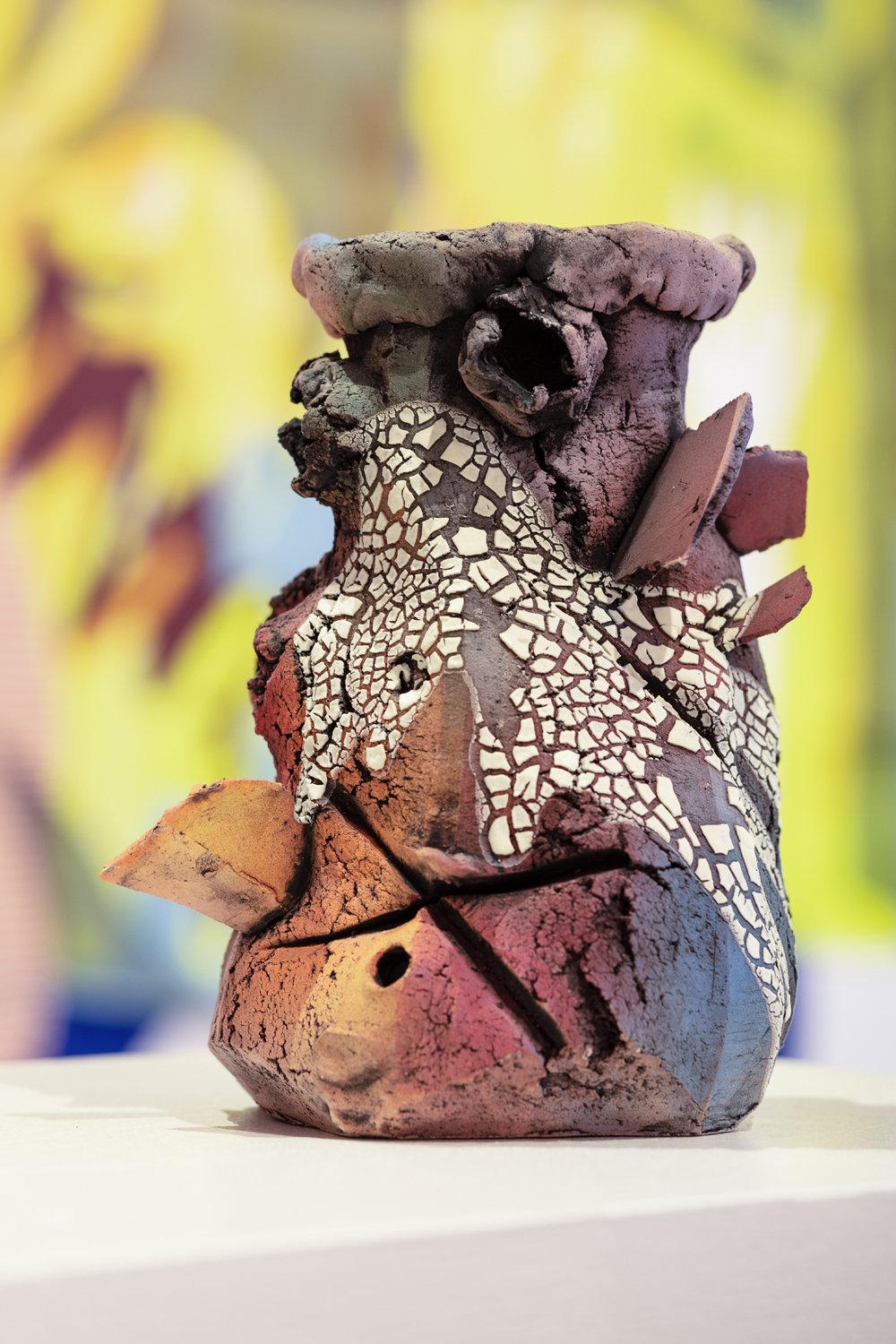
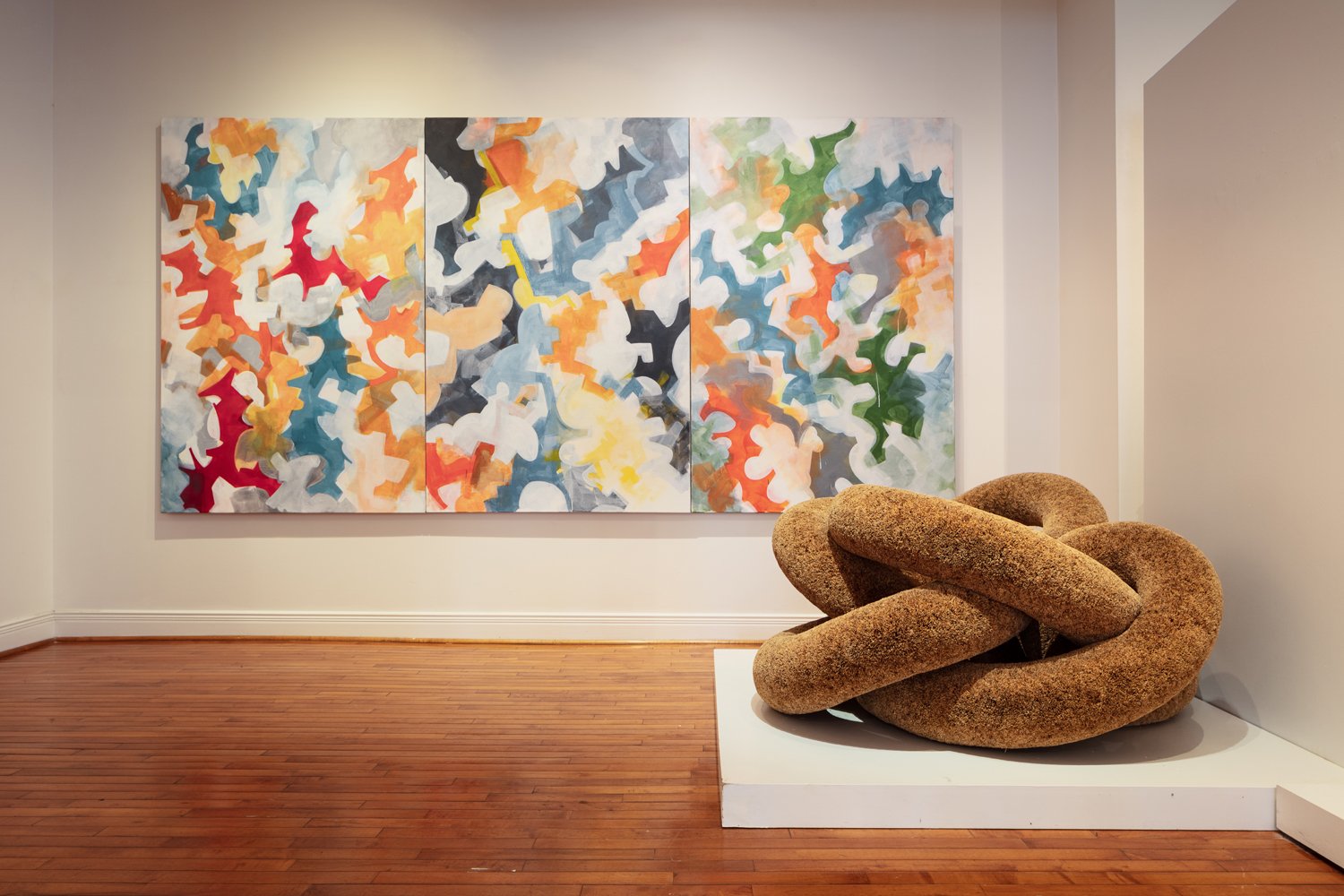
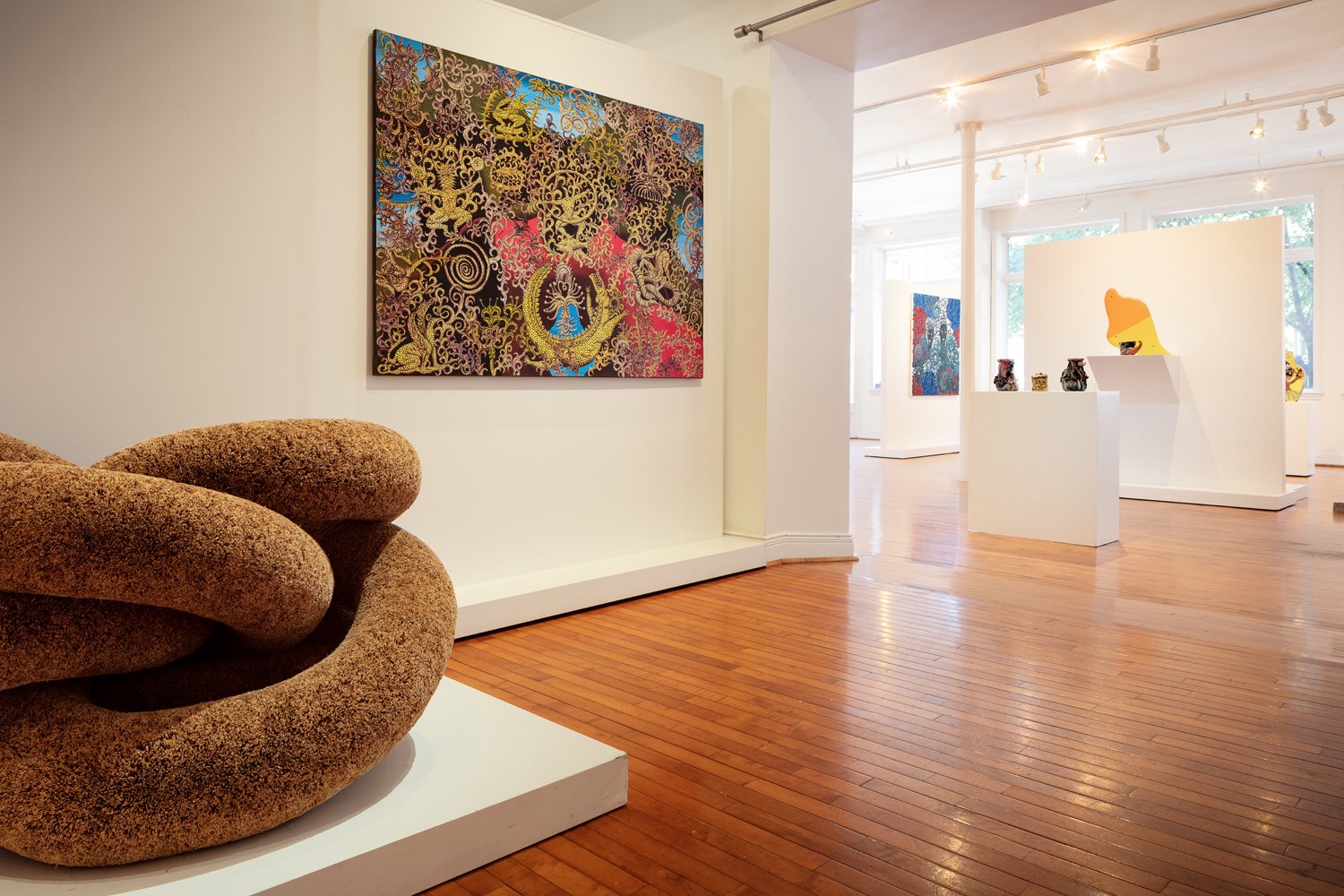
Embodied Abstraction
JULY 9, 2021 THROUGH SEPTEMBER 24, 2021
PHILADELPHIA — Wexler Gallery presents Embodied Abstraction, an exhibition that explores the impact of identity and history on the artists, their family, and their environment. Some of the artwork is intensely personal and emotionally powerful, some bears witness and offers social critique. With different points of view and artistic approaches, all of these creators are conveying their message through the language of abstraction. The non-narrative, non-objective artwork invites the viewer to parse the meaning, pick up on associations, and fill in the rest with their own knowledge and experience. Embodied Abstraction is on view July 9 through September 24, 2021 at Wexler Gallery. There will be an Opening Night reception on Thursday, July 22 from 5-7pm.
Angel Abreu’s painterly abstract works are deeply considered and allegorical. Subtle and reticent on the surface, the paintings contain a depth of meaning. Abreu is a long-time member of the renowned art collective Tim Rollins and Kids of Survival (K.O.S.); having joined as a teenager, he remains an active member after 30 years. His current practice is influenced by the group’s focus on visually reinterpreting themes found in canonical literature. Through a visual language built on meditative action, dramatic color, and gestural shapes, Abreu finds connection with writers such as Faulkner and Thoreau.
Henry Bermudez’s distinct style has grown from his love of myth, religion, and legend. As a young artist, Bermudez was shaped by his experience teaching in the small coastal community of Bobures where, as Bermudez states, “religious and social syncretism provided a unique vision of the African Diaspora in the Americas with its symbolism and iconography.” Since moving to the United States in 2003, Bermudez has explored elements of American culture through the lens of his upbringing and his understanding of mythologies. He has created a unique and powerful body of work filled with the complexity and contradictory facets of identity..
Gerald A. Brown is a multimedia artist who uses the associations inherent to materials to express ideas about race, gender, history, and the social conditions of contemporary life. She creates installations and assemblages using drawing, symbols, signage, photography, and found materials; however, clay is truly central and essential to her artistic practice. In her series Sacred Objects, Brown chooses to emphasize the malleability of the hand formed clay in order to demonstrate vulnerability and resilience. The body-like abstract sculptures are metaphorical portraits commemorating generations of individuals affected and shaped by the violence of racism and the internal strength required to endure.
Destiny Palmer’s bright, bold paintings find a balance between precise geometry and expressive gestural brushstrokes. Visually non-objective, her work explores an internal landscape through a strong personal vision. Energetic and complex but structured, her work feels both singular and familiar. The titles offer evocative descriptions which provide cultural context and shape how the viewer perceives the abstract compositions. In addition to her studio practice, Palmer uses her universal style to engage with communities to create public art. “I love being able to work with a community to reclaim space. It is extremely important that communities consistently see themselves within their own neighborhood and have ownership of it.“ —Destiny Palmer
Isaac Scott is a multimedia artist who aims to reflect, absorb, and reinterpret the world around him.
Working in photography, painting, and ceramics, his work is rooted in observation. In 2020, he documented Black Lives Matter activism in Philadelphia and around the country following the murder of George Floyd by police. His photographs were published in New Yorker Magazine. Taking that experience and knowledge, he pushes his artwork forward in an effort to create, as Scott states, “a monument that reflects the voices, emotions, and experiences of his environment”. His ceramic sculptures contain a similar resonance as the photography, but are entirely abstract. They take familiar forms such as a chalice or a column in order to establish cultural parallels, and elevate the everyday to the level of history.
Malcolm Mobutu Smith’s ceramic sculpture is an amalgam of graffiti writing, comics, craft history, hip hop and jazz. His work can feel playful and improvisational, a flawless confluence of various disciplines and cultures connecting seamlessly into intriguing new forms. However, he also offers cutting social critique, presenting racially charged imagery taken from pop-culture in order to illuminate underlying racism and hypocrisy in American culture. He has leaned into using Li’l Tuffy (himself) as an image/antidote to the hate that has reemerged in this country – with some authority and “ownership” of the character as his own surrogate identity.
This group of artists bridges a generational divide, representing the perspective of a young cohort reacting to the immediate concerns facing contemporary society alongside the voice of experience, artists who have long been contemplating social issues and whose body of work reflects their shifting perspective over time.
collection
Artists + Designers

